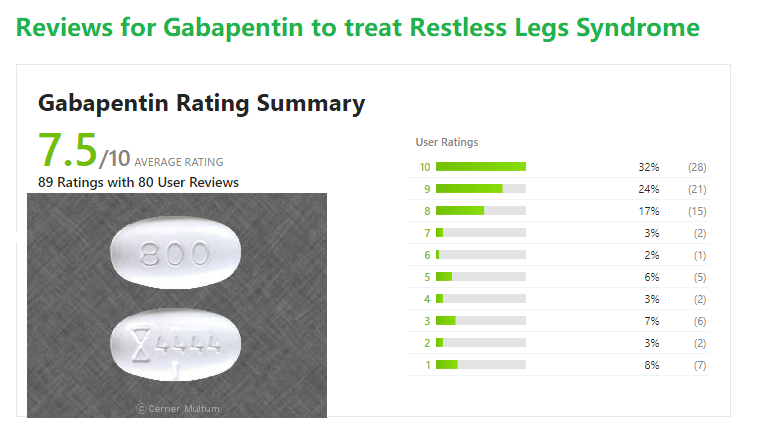Restless legs syndrome (RLS) is a disorder of the part of the nervous system that causes an urge to move the legs. Because it usually interferes with sleep, it also is considered a sleep disorder.

Causes of Restless Legs Syndrome
In most cases, doctors do not know the cause of restless legs syndrome; however, they suspect that genes play a role. Nearly half of people with RLS also have a family member with the condition.
Other factors associated with the development or worsening of restless legs syndrome include:
- Chronic diseases. Certain chronic diseases and medical conditions, including iron deficiency, Parkinson’s disease, kidney failure,diabetes, and peripheral neuropathy often include symptoms of RLS. Treating these conditions often gives some relief from RLS symptoms.
- Medications. Some types of medications, including antinausea drugs, antipsychotic drugs, some antidepressants, and cold and allergymedications containing sedating antihistamines, may worsen symptoms.
- Pregnancy. Some women experience RLS during pregnancy, especially in the last trimester. Symptoms usually go away within a month after delivery.
Other factors, including alcohol use and sleep deprivation, may trigger symptoms or make them worse. Improving sleep or eliminating alcohol use in these cases may relieve symptoms.
Treatment for Restless Legs Syndrome
Treatment for RLS is targeted at easing symptoms. In people with mild to moderate restless legs syndrome, lifestyle changes, such as beginning a regular exercise program, establishing regular sleep patterns, and eliminating or decreasing the use of caffeine, alcohol, and tobacco, may be helpful. Treatment of an RLS-associated condition also may provide relief of symptoms.
Other non-drug RLS treatments may include:
Leg massages
Hot baths or heating pads or ice packs applied to the legs
Good sleep habits
A vibrating pad called Relaxis
Medications may be helpful as RLS treatments, but the same drugs are not helpful for everyone. In fact, a drug that relieves symptoms in one person may worsen them in another. In other cases, a drug that works for a while may lose its effectiveness over time.
Drugs used to treat RLS include:
- Dopaminergic drugs, which act on the neurotransmitter dopamine in the brain.
- Mirapex, Neupro, and Requip are FDA-approved for treatment of moderate to severe RLS. Others, such as levodopa, may also be prescribed.
- Benzodiazepines, a class of sedative medications, may be used to help with sleep, but they can cause daytime drowsiness.
- Narcotic pain relievers may be used for severe pain.
- Anticonvulsants, or antiseizure drugs, such as Tegretol, Lyrica, Gabapentin ( Neurontin ), and Horizant.
Although there is no cure for restless legs syndrome, current treatments can help control the condition, decrease symptoms, and improve sleep.
Usual Adult Dose for Restless Legs Syndrome
Gabapentin enacarbil available under the trade name Horizant (R):
600 mg orally once daily with food at about 5 PM
